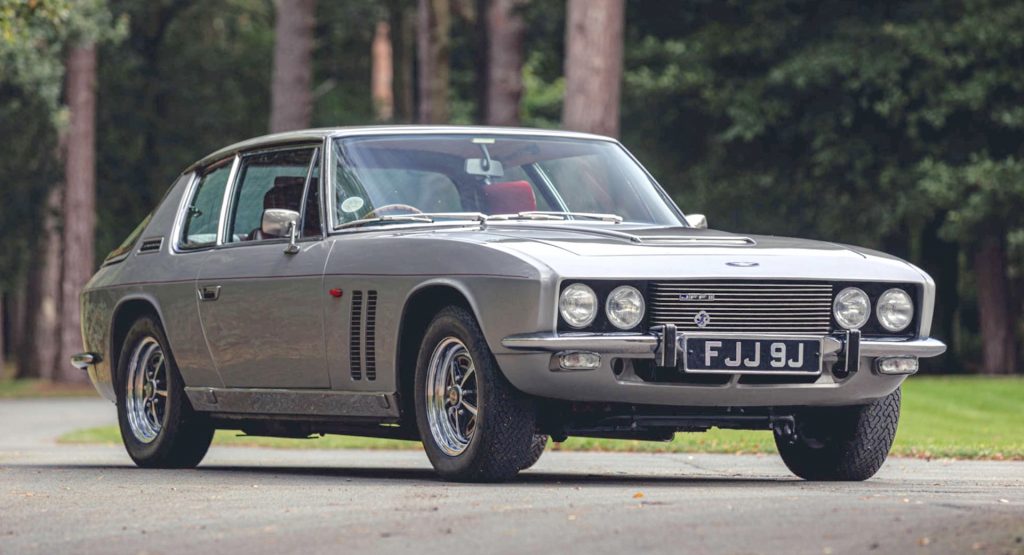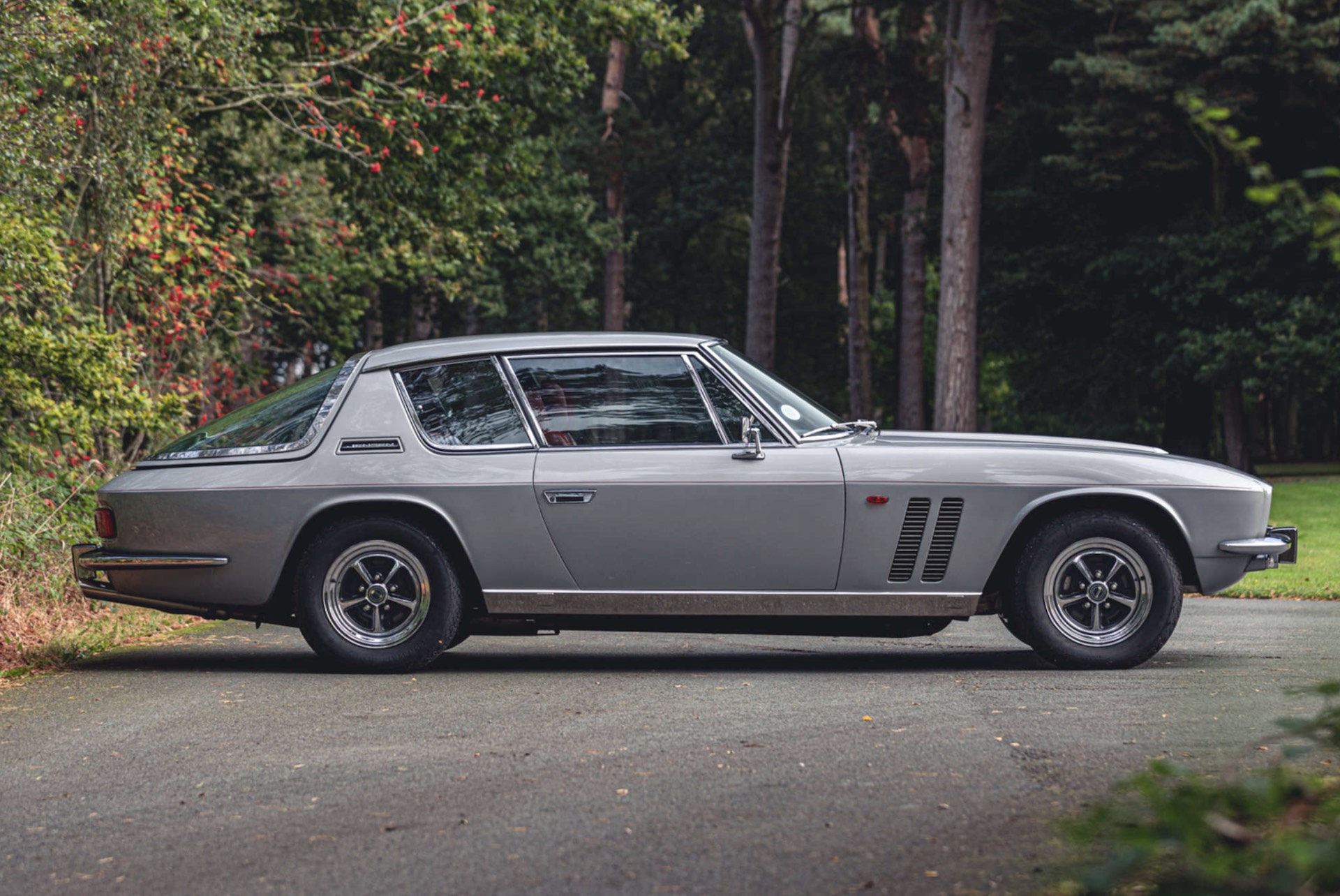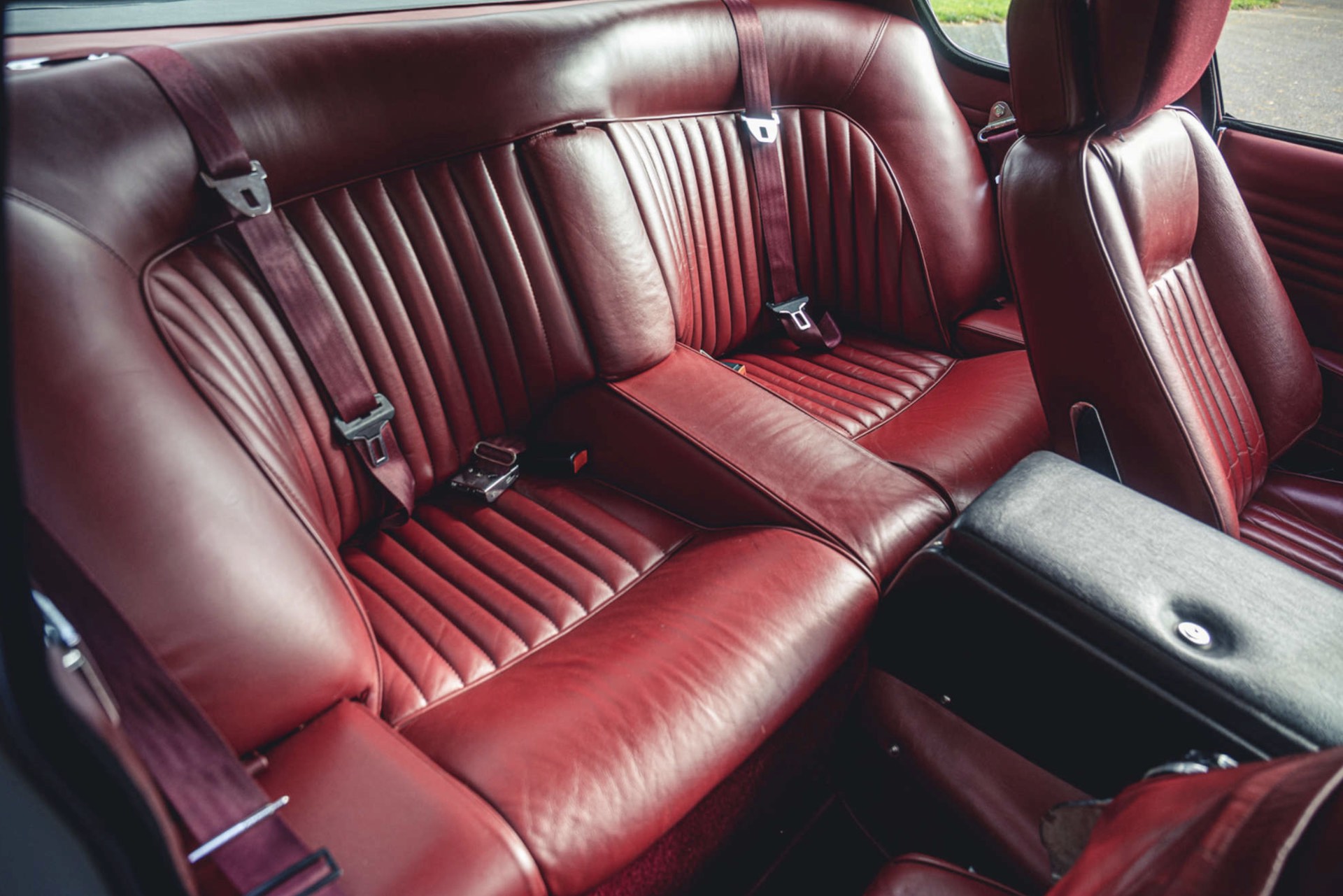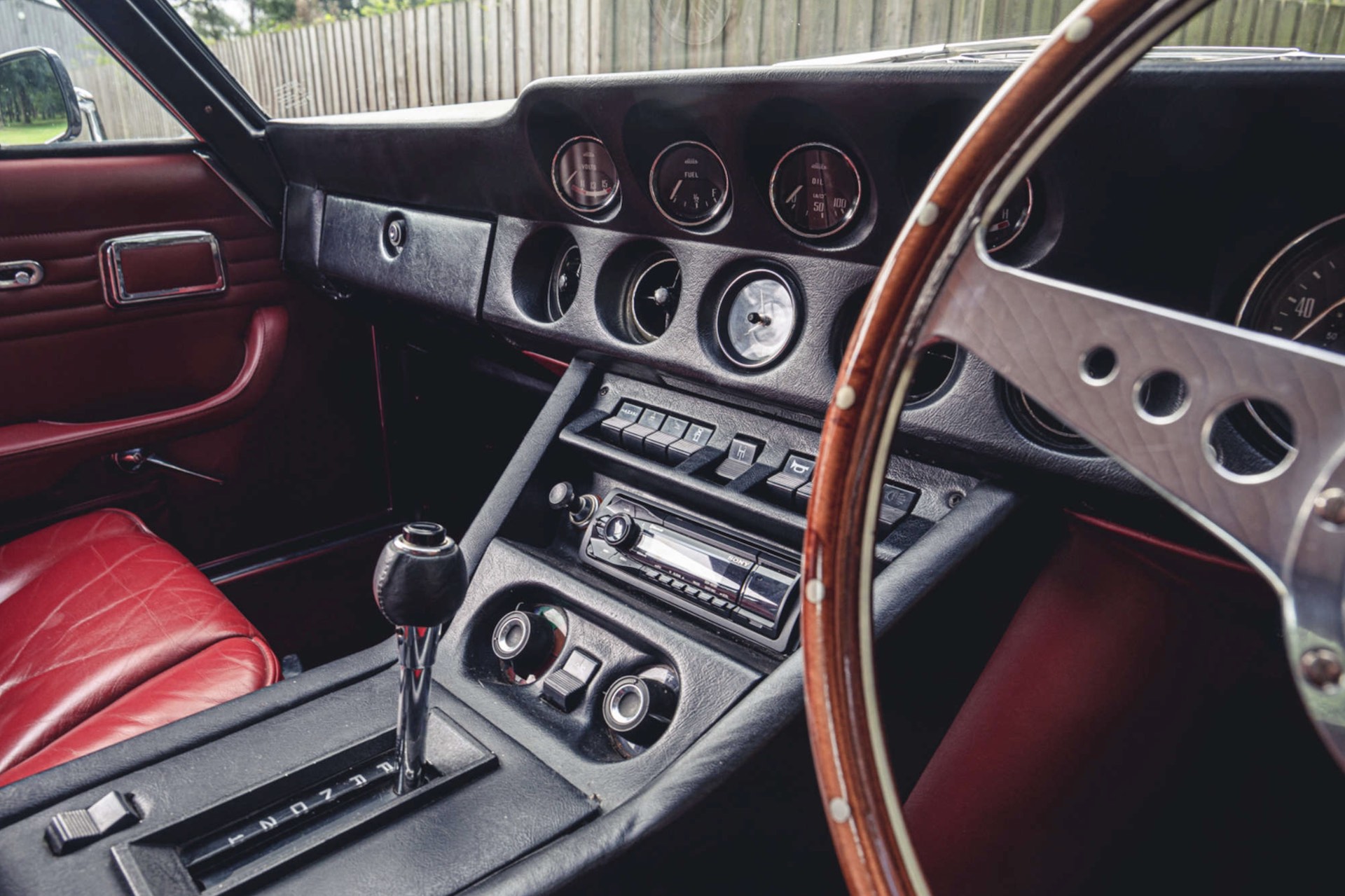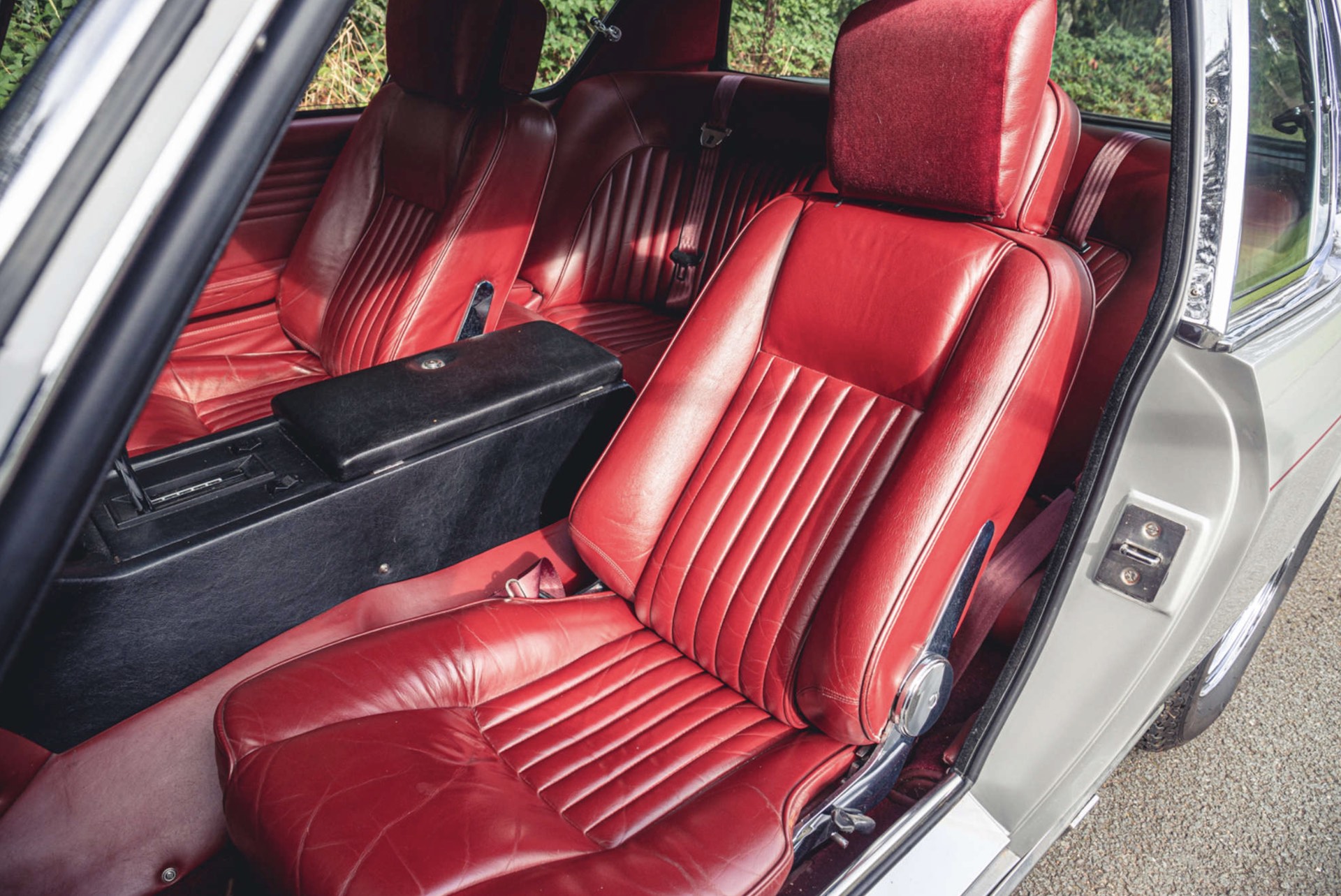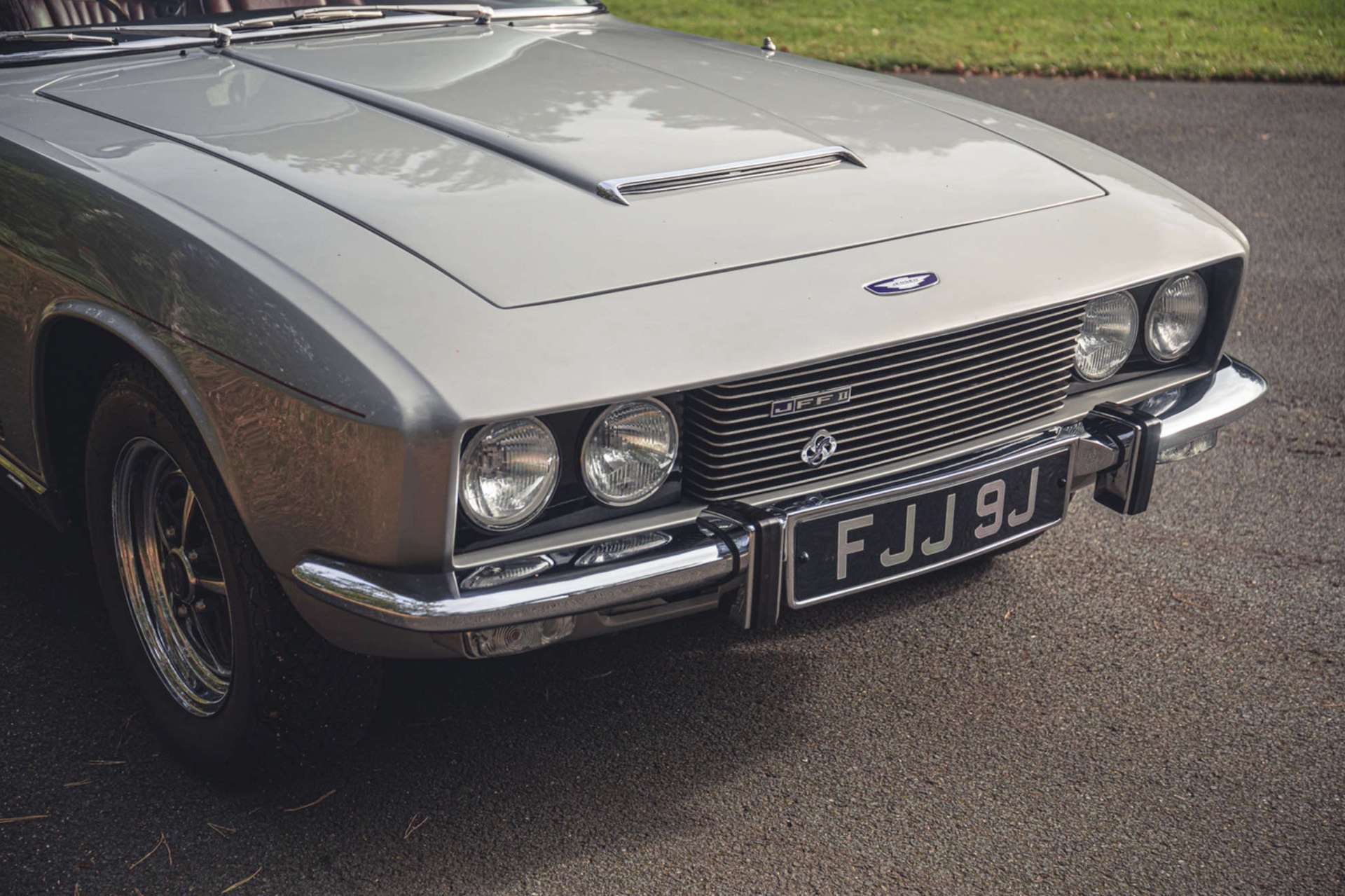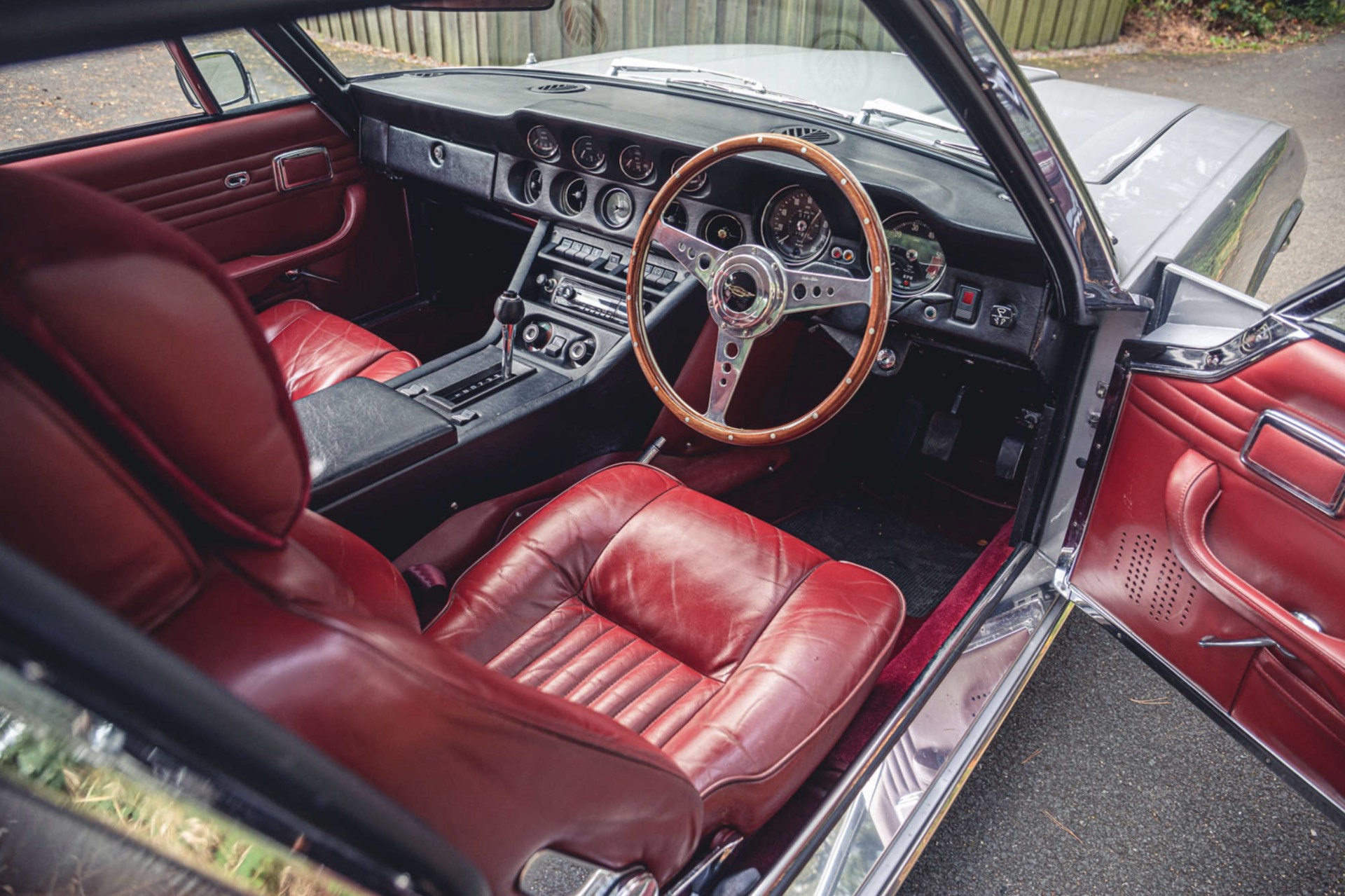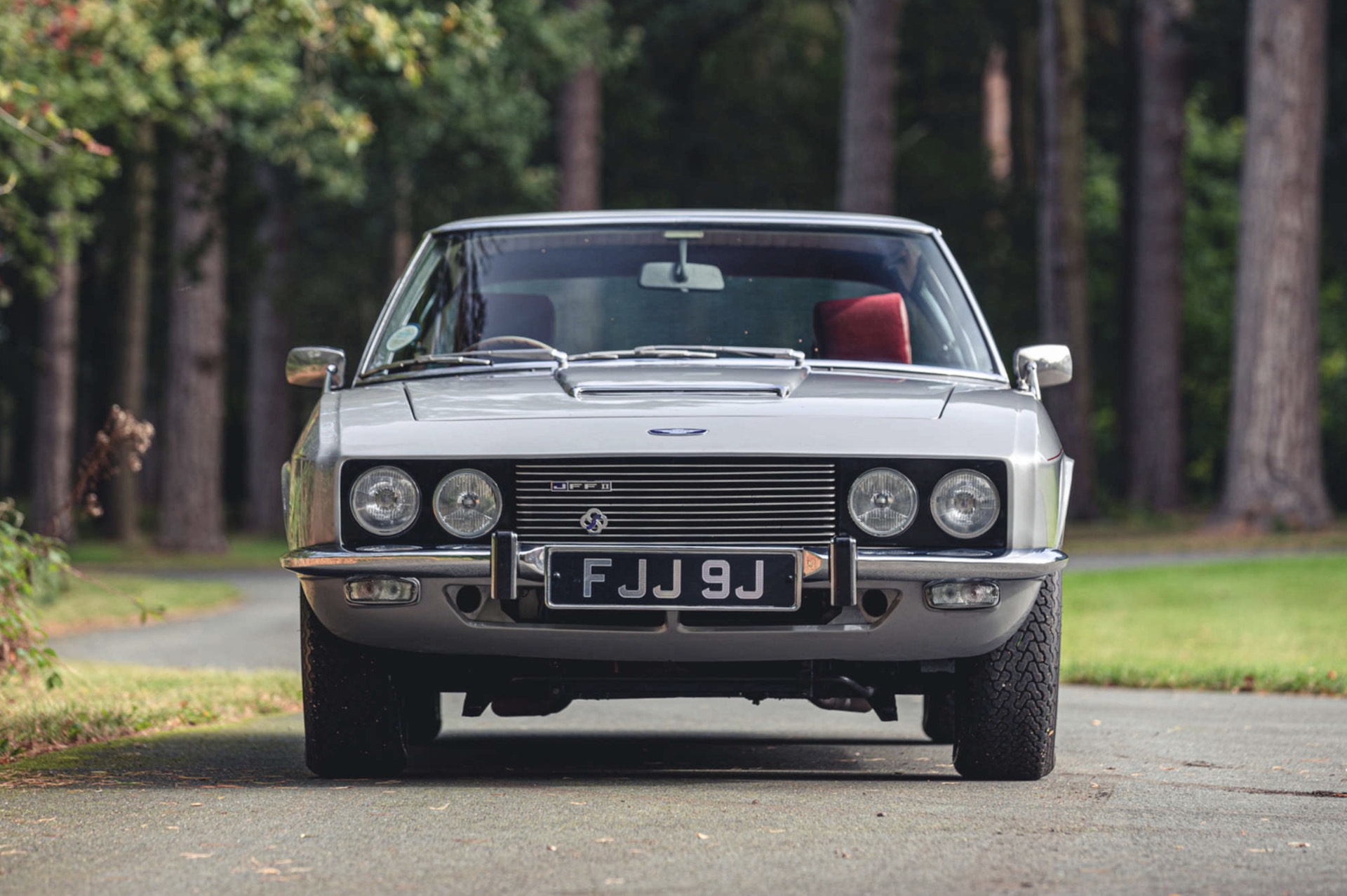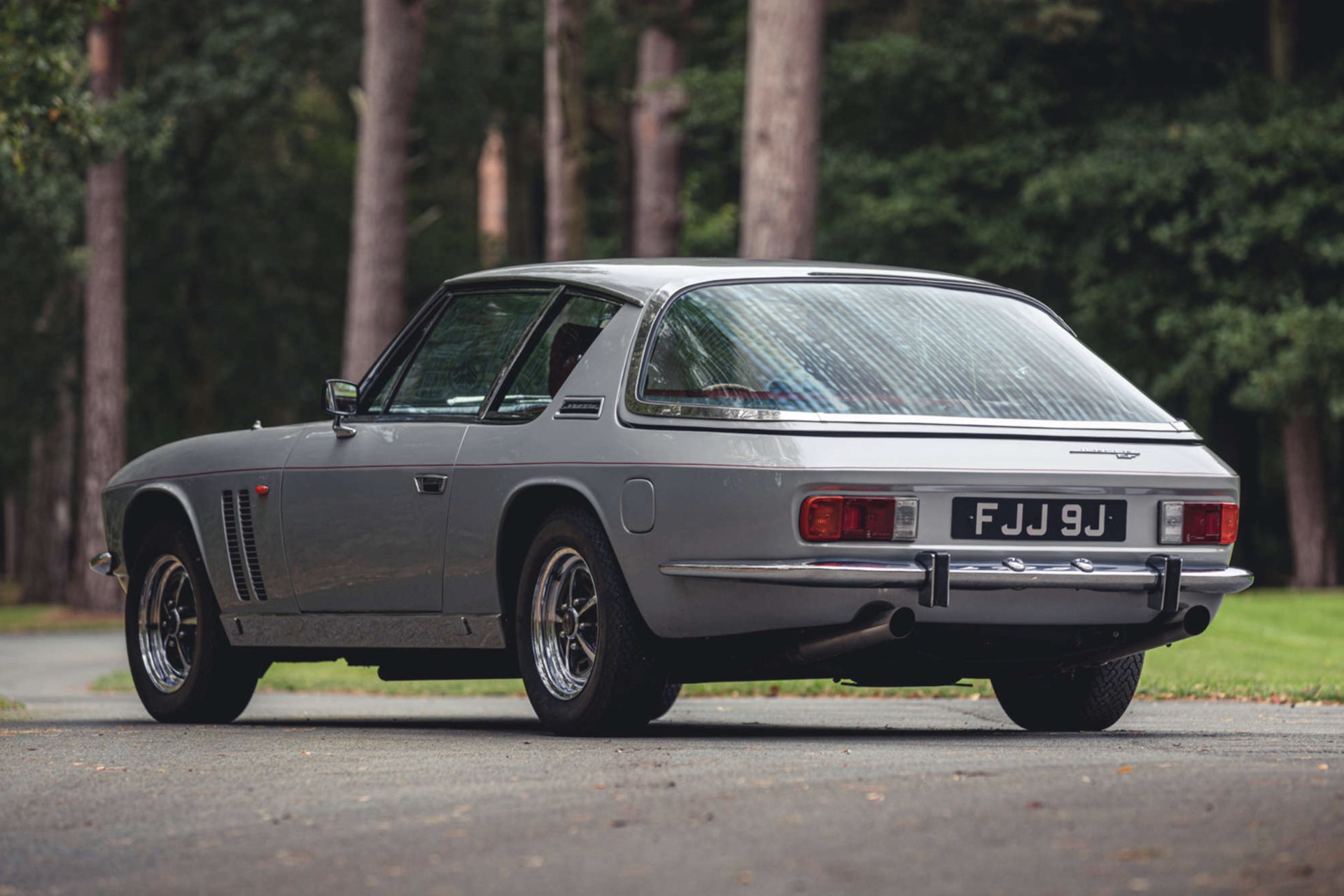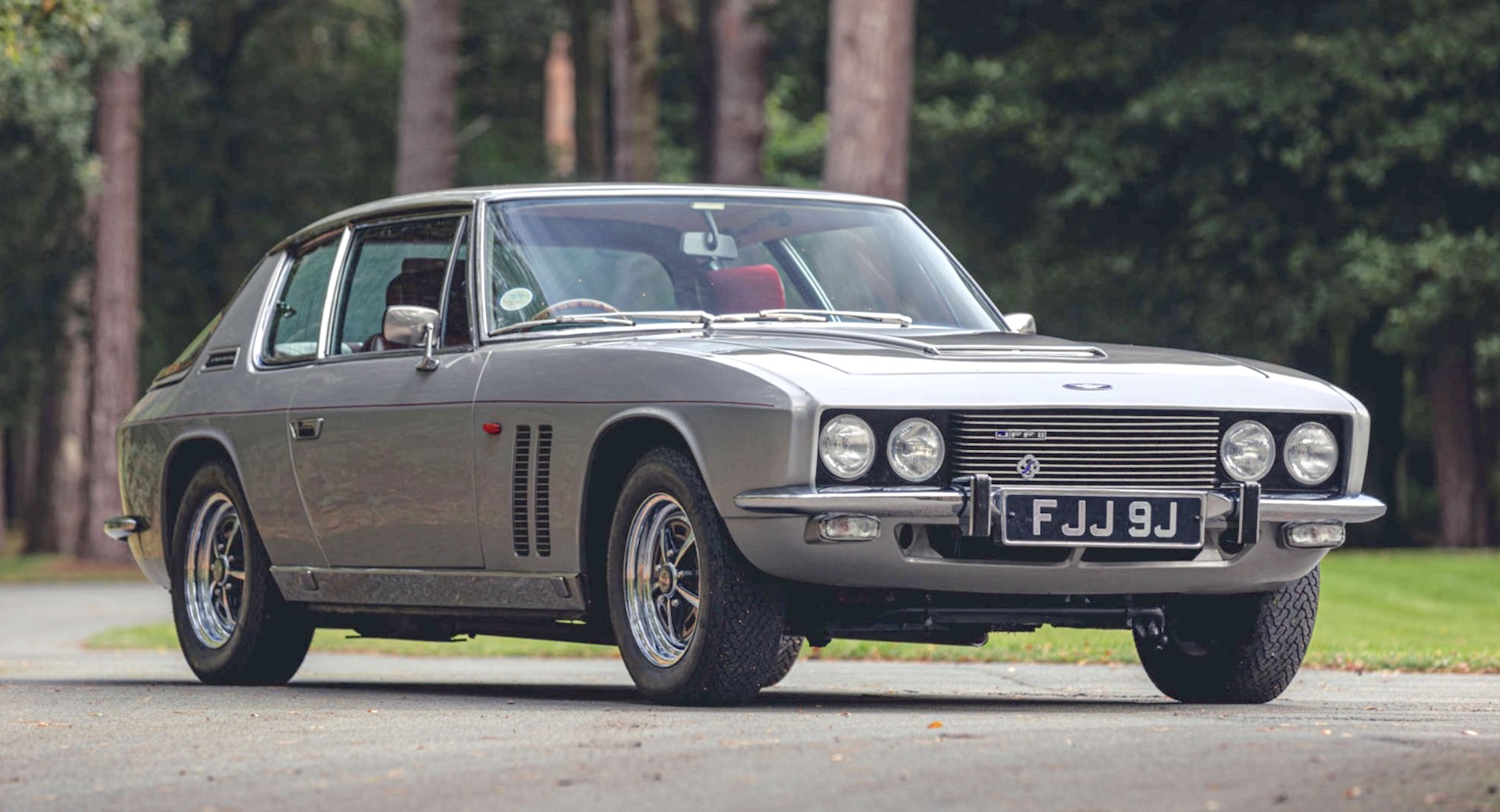Audi’s 1980 Quattro coupe changed the course of road- and rally car history, no doubt about it. Within four years every top-tier WRC had switched to all-wheel drive, and more than four decades later most high performance cars available off the showroom floor still follow the Quattro’s template of turbocharged power and all-wheel drive traction.
But the Quattro wasn’t the first high performance all-wheel drive coupe. Fourteen years before the Audi burst onto the scene, fans of British sports car brand Jensen were already discovering the benefits of divvying up a big wedge of torque between four wheels, rather than just two.
The car in question was the 1966 Jensen FF, those two letters standing for Ferguson Formula, Ferguson Research being the people behind the all-wheel drive system. If you’ve not heard of the FF but think this big GT looks strangely familiar, you’re probably thinking of its more famous Jensen Interceptor brother.
The two share plenty, including big-block Chrysler V8 power, a 727 Torqueflite auto, that huge goldfish-bowl rear window and the fact that they were hideously expensive when new, costing even more than an Aston Martin DB6.
Related: Ken Block Becomes Sixth Person To Ever Drive Audi’s Group S Mid-Engine Rally Quattro Prototype
But the FF’s wheelbase was stretched by half a foot to accommodate the all-wheel drive hardware (you can tell it from an Interceptor by the second vent behind the front wheel) that sent 37 percent of the V8s torque to the front wheels. The FF even had an early form of mechanical anti-lock braking.
Unfortunately, its high price and packaging problems stymieing left-hand drive production killed it off in 1971, leaving the rear-drive Interceptor to carry on alone for five more years. And while the FF was praised by reviewers when new, the idea of a high performance all-wheel drive coupe lay dormant for most of the following decade.
The slice of all-wheel drive history pictured here is coming up for sale in November through Silverstone Auctions. It’s a 1971 car that has been dry stored since receiving a detailed restoration in 2004 and is claimed to be in excellent condition. You’d hope as much given that it’s likely to sell for upwards of $180,000 (£130,000), though that’s less than half what you’d pay to get into an Aston DB6.




